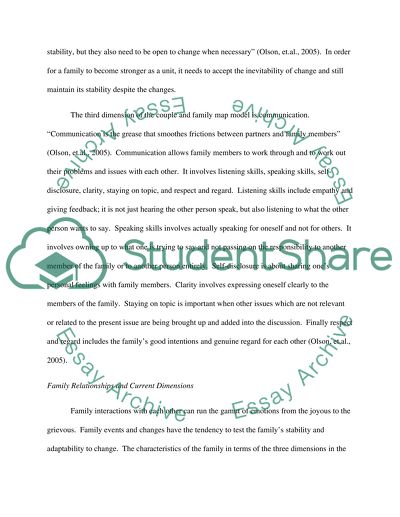Cite this document
(“Family Map Project Essay Example | Topics and Well Written Essays - 2500 words”, n.d.)
Retrieved from https://studentshare.org/miscellaneous/1555941-family-map-project
Retrieved from https://studentshare.org/miscellaneous/1555941-family-map-project
(Family Map Project Essay Example | Topics and Well Written Essays - 2500 Words)
https://studentshare.org/miscellaneous/1555941-family-map-project.
https://studentshare.org/miscellaneous/1555941-family-map-project.
“Family Map Project Essay Example | Topics and Well Written Essays - 2500 Words”, n.d. https://studentshare.org/miscellaneous/1555941-family-map-project.


